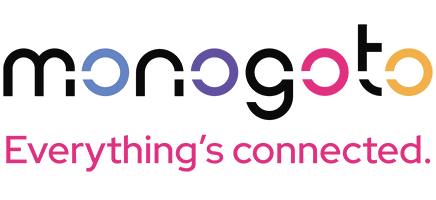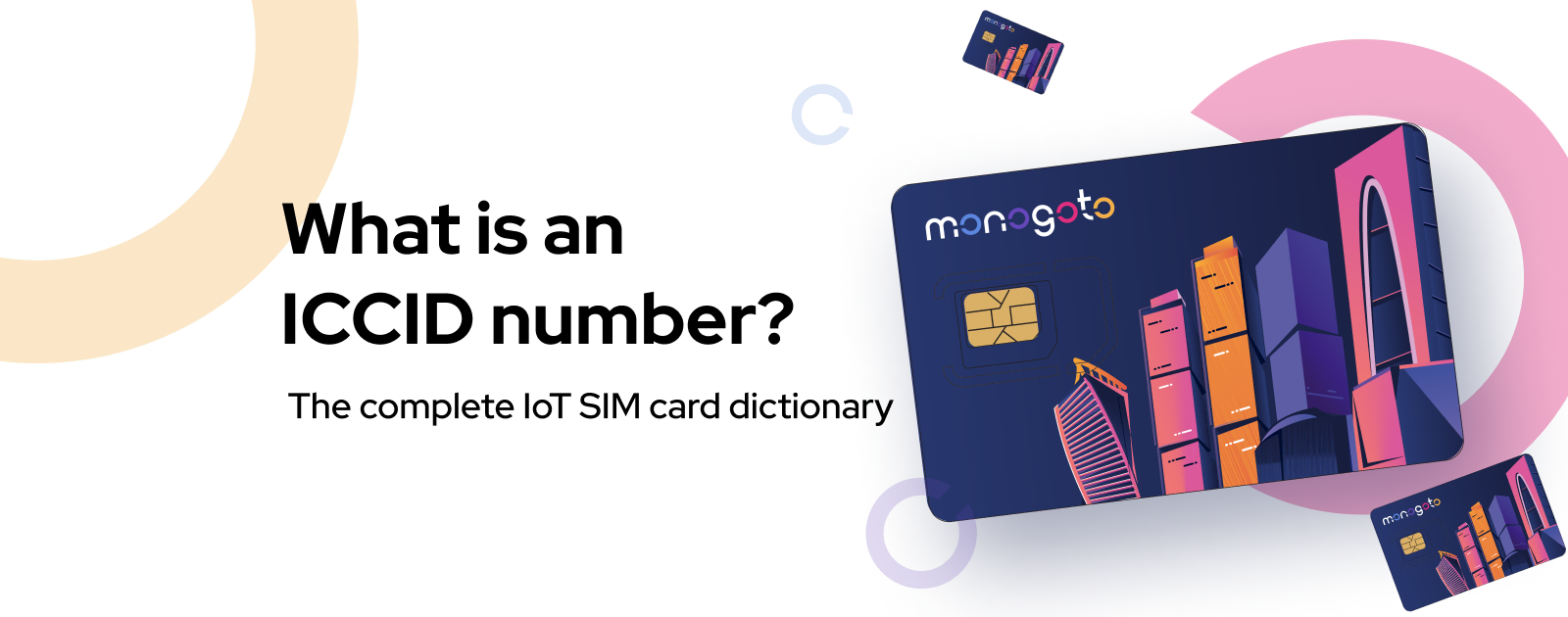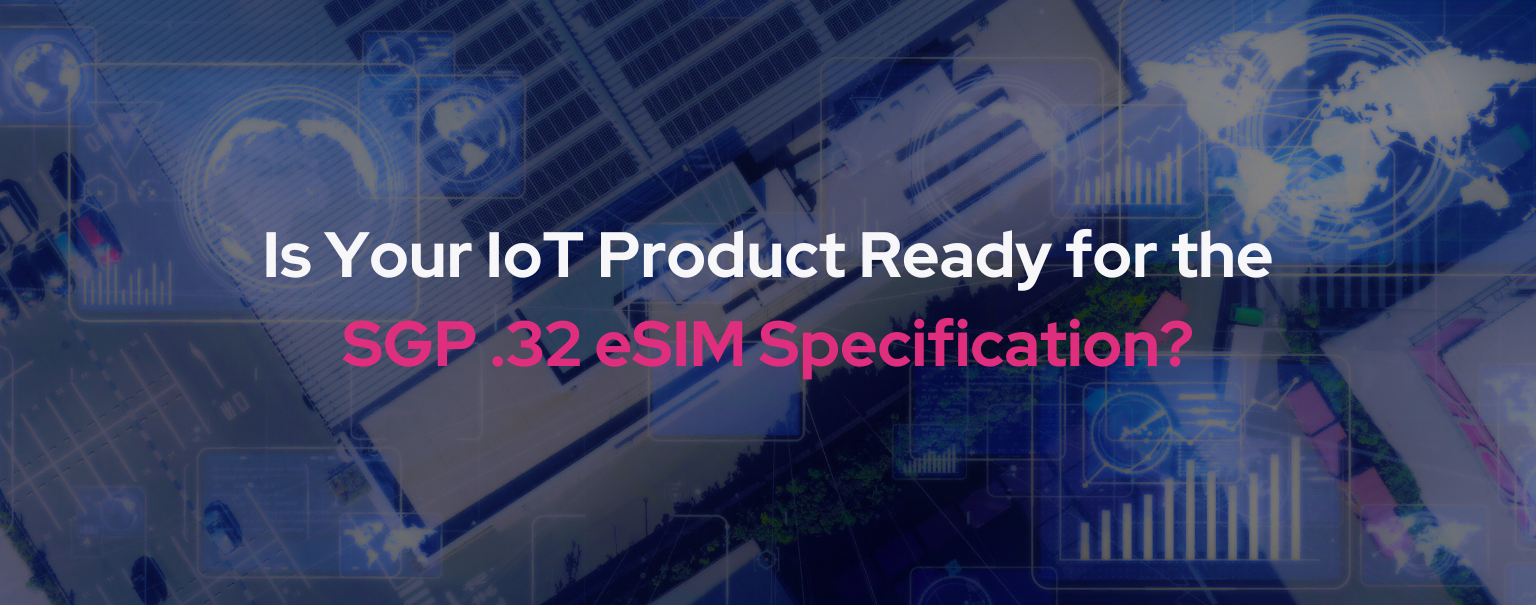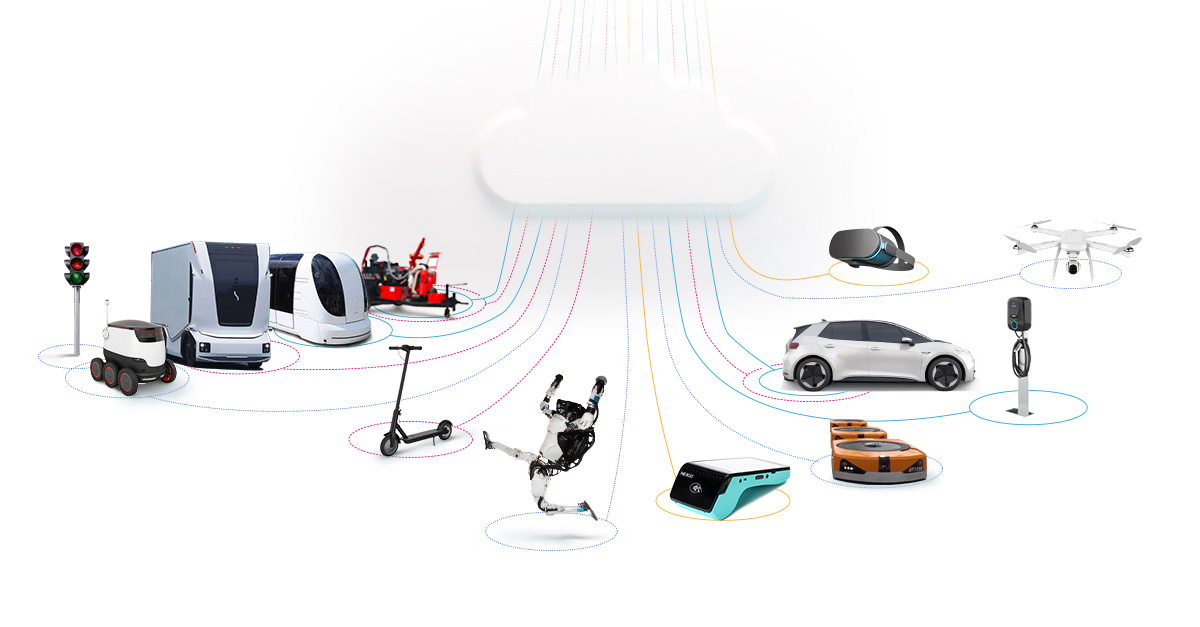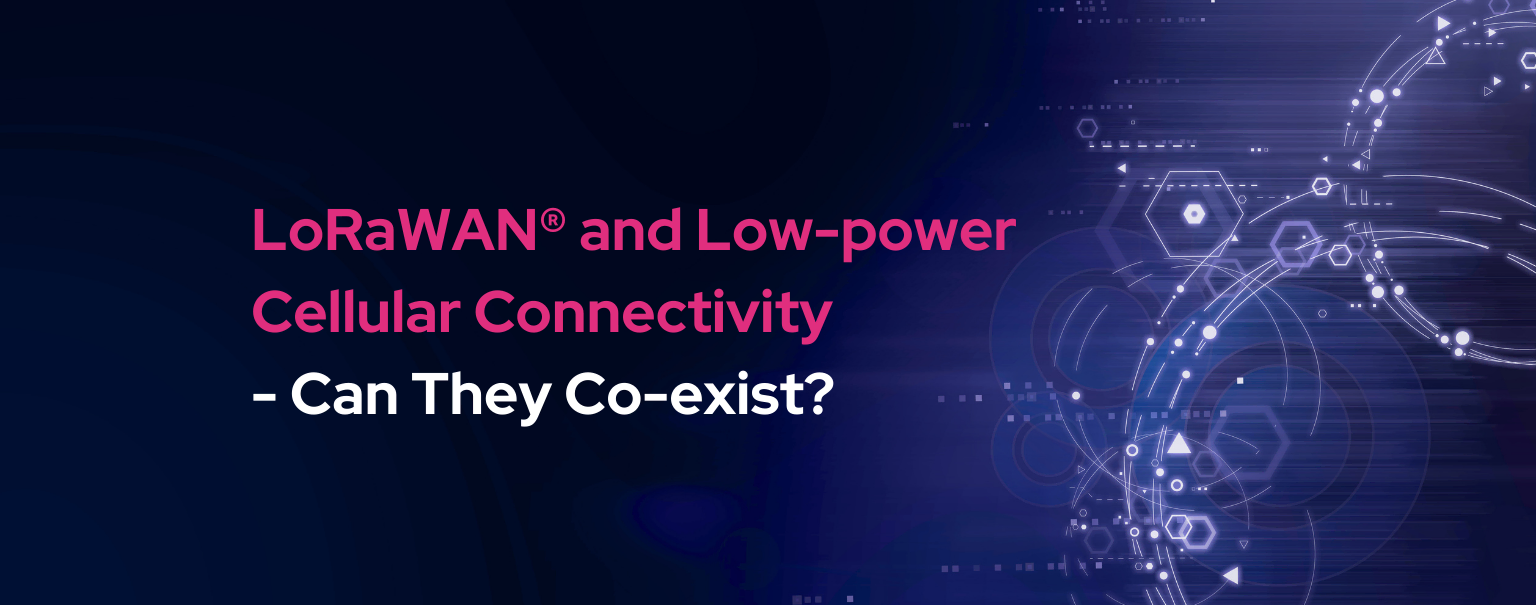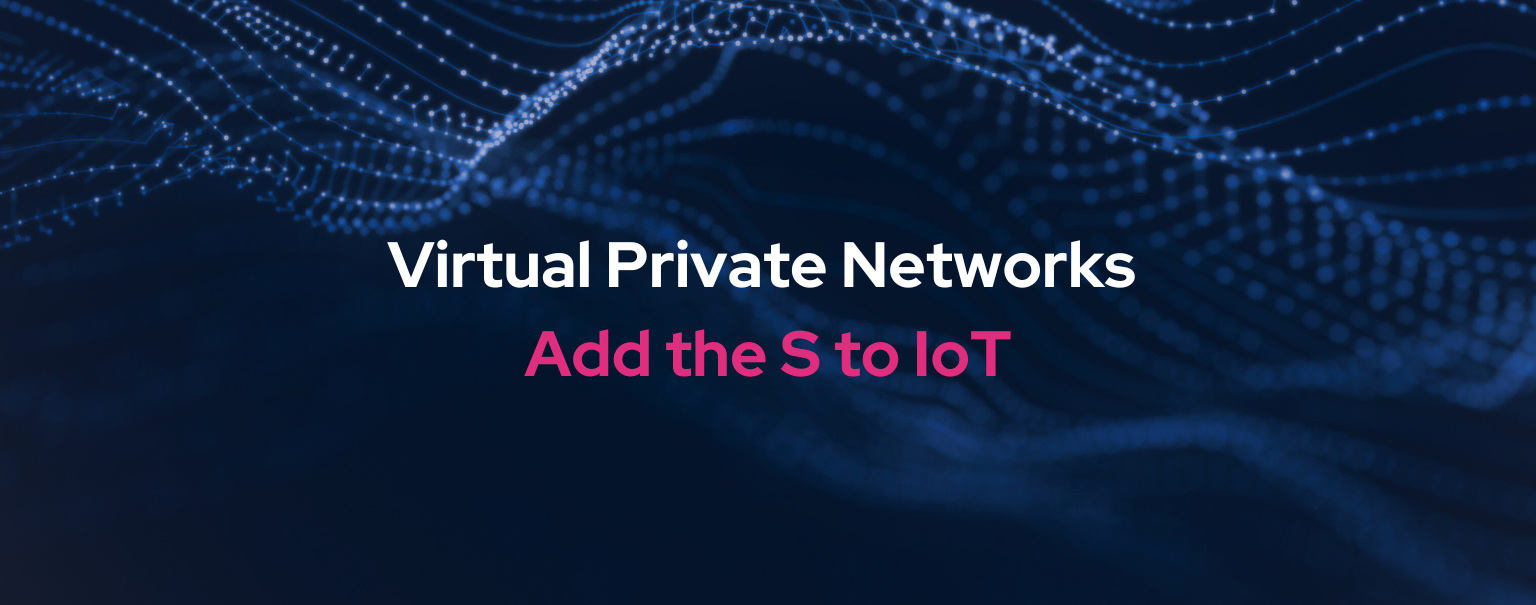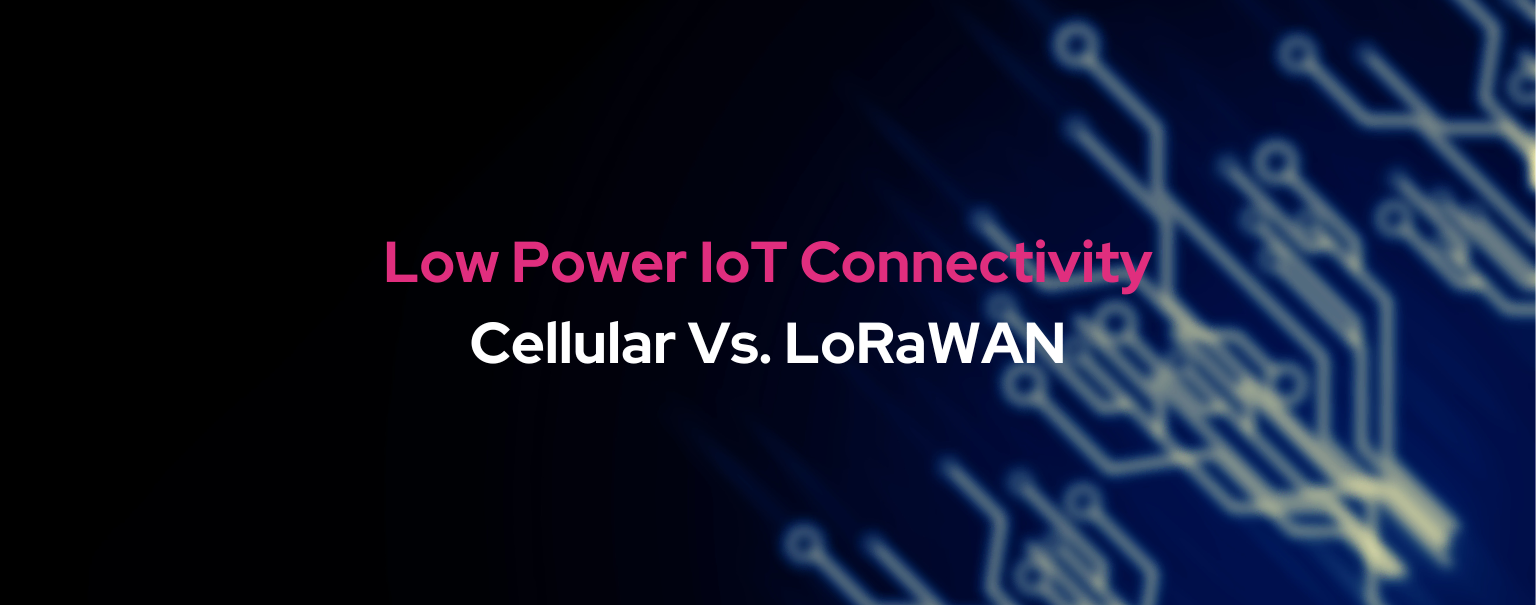You’ve identified that global IoT SIM cards with a self-service console and developer tools (APIs, Integrations, Docs) is the right wireless technology to track your fleet, assets and containers, or smart meters. But, when you start digging into the cellular connectivity world, it’s easy to get lost in the plethora of codes, identity numbers, acronyms, and what each is used for. For instance, what is an ICCID number? This is likely to be one of the first ID numbers you encounter on your journey.
In this article, we demystify and explain the codes, numbers and acronyms for you so you can focus on making your IoT project a success.
It’s worth pointing out that all these cellular identifiers are necessary: think of all the moving parts that need to work in sync to get the taxi to your front door at the right time, or for you to deliver a real-time, accurate report of valuable assets as they move across the planet.
The humble SIM (Subscriber Identity Module) card does a lot of heavy lifting as the quarterback of all this activity. Each SIM card contains the identification code for the various entities it will need to engage with:
- Cellular modem
- Cellular network
- Connectivity service
When you are planning an IoT project using cellular connectivity, you will need to stitch together these various entities so that the correct information is conveyed at the right time and in the right way. To get you started, here is an IoT SIM card dictionary that explains the meaning, location and purpose of the building blocks of cellular IoT connectivity.
ICCID – Integrated Circuit Card ID
- This is a globally unique identification number for the SIM card itself
- 19 or 20 digits printed on the back of the SIM card
IMSI – International Mobile Subscriber Identity
- This identifies the mobile station, home wireless network and the home country of the wireless network. Mobile operators use the IMSI to identify which services are allocated to the SIM card’s data plan
- Up to 15 digits stored in the SIM card itself. It cannot be moved or changed.
IMEI – International Mobile Equipment Identity
- This is a unique number allocated to the specific device, think of it as a cellular device’s fingerprint. It is used to identify or track the device via a global IMEI database if the device is stolen or compromised.
- 15 digits usually printed on the device’s battery component
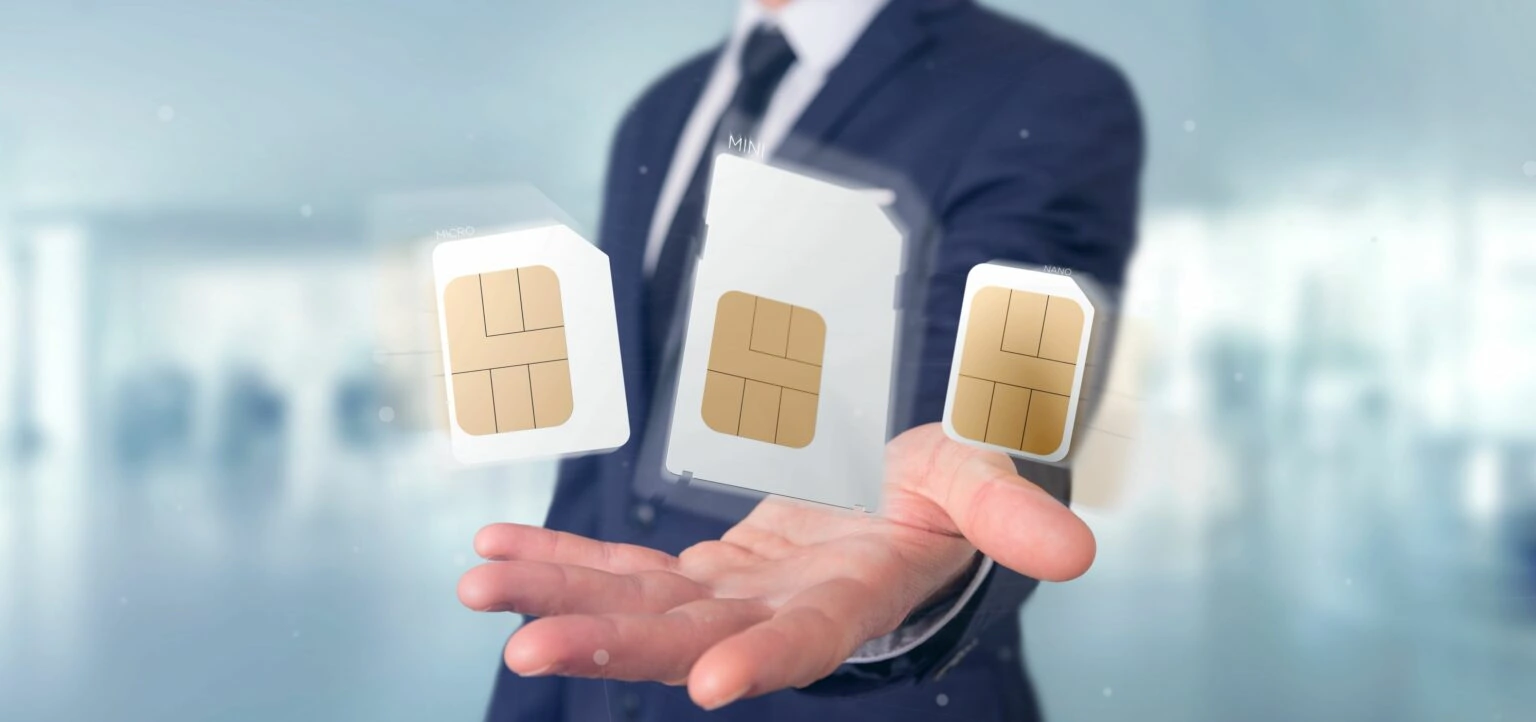
eUICCID – Embedded Universal Integrated Circuit Card ID
- This is an identification number used to identify physical SIM or eSIM
- In case if physical eSIM was provided by an operator, then this number can be found printed on the eSIM chip, else it can be seen in device settings.
MSISDN – Mobile Station ISDN Number
- This is the full phone number, including the country code, of a SIM card. It’s used to complete voice calls and route SMS messages.
- Maximum length is 15 digits. The minimum number of digits varies and depends on the issuing country’s regulations. To see this number you may need to check your device settings or contact your SIM provider.
OPc – Operator code
- This is a code generated from OP (operator code) and Ki key using an algorithm to generate a code unique for each SIM. This provides great security, since in case OPc is obtained by a 3rd party, then only one SIM can be spoofed, not all.
- Known only to the network carrier who provides SIM cards to the customers.
Ki key
- A unique Ki key is used to authenticate the SIM on a GSM mobile network.
- The 128-bit cryptographic code is saved on the SIM and stored in the AuC (authentication center) database on the carrier’s network. This code is not accessible to end users and only a few people from the carrier’s network can access it.
ADM key – Administrative key
- ADM key is needed if you want to change information/settings in the SIM card that by default is set to read-only or unreadable.
- Each sim card has different keys and they are known only to the network carrier who provides SIM cards to the customers, so only the owner can change the information inside the sim.
While this looks like a lot at first, there is no doubt that global IoT SIM cards with self-service console and developer tools for cellular connectivity are the right wireless technology for your IoT project. Let Monogoto simplify it all with a reduced cellular learning curve that allows you to deploy faster.
With Monogoto’s plug-and-play IoT SIM cards you’ll be up and running fast with immediate global connectivity and maximum network resiliency in 180 countries on 550+ mobile networks.
Now you know what is an ICCID number, let us know your thoughts in the comments below!
